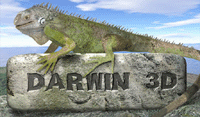

![]()


![]()
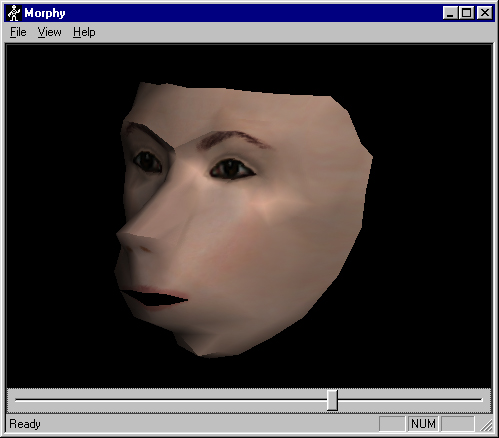
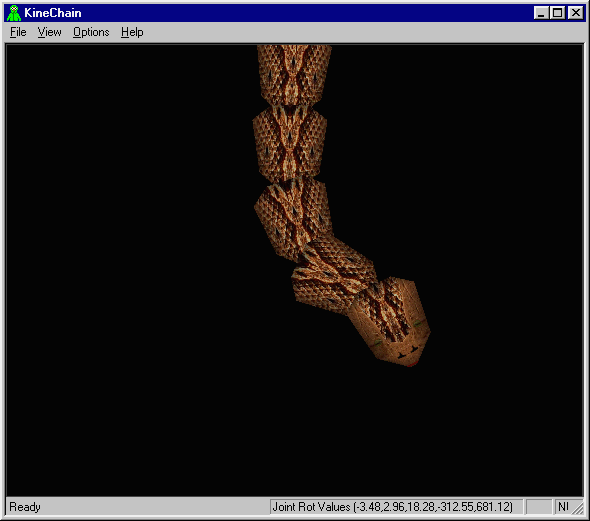
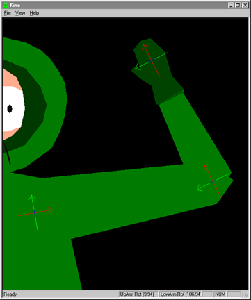
New V1.1 Fixes a bug in the Source see the readme for details
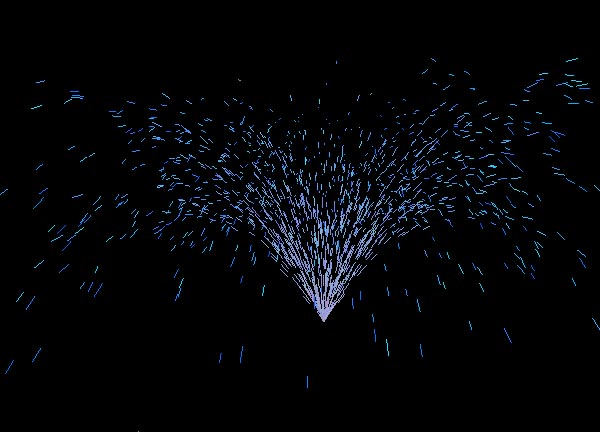
Source Code and Exe (150KB)
Article in PDF format
Set up and edit a Particle System
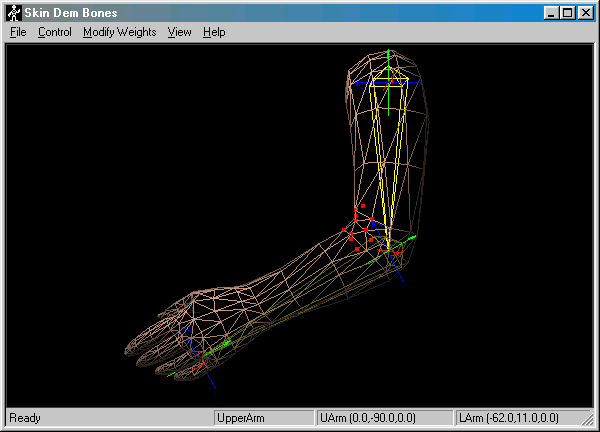
| Source Code (70KB) | Application (152KB) | |
|
Deform a single mesh object with a skeletal system Individually weight each vertex to either bone Also and example of Feedback and Ortho projections for picking vertices. |
||
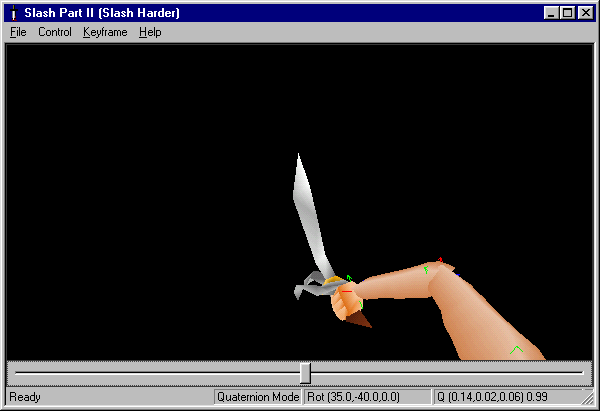
| Source and App (192KB) | ||
|
Builds on the Quaternions in the March issue from a character animation perspective. March, 18, 1998: The magazine is out so here is the Source and Application for the April article Also contains examples of Interleaved vertex arrays and Drawlists in OpenGL. I had an error in my comments for the SLERP code, it is corrected here also. |
||
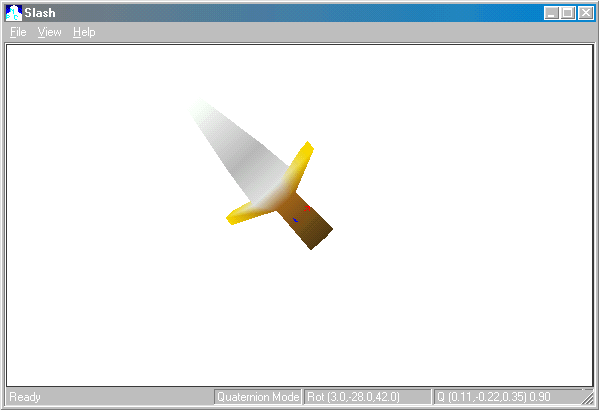
| Source & Application (158KB) | ||
|
Builds on the info on Quaternions in the February issue from a character animation perspective. Feb, 16, 1998: The magazine is out so here is the Source and Application for the March article Also contains examples of Interleaved vertex arrays and Drawlists in OpenGL. |
||
| Word Doc File (40KB) | ||
|
Alan Watt was kind enough to send me an Errata to his excellent book Advanced Animation and Rendering Techniques It contains the arctan() fix that I noted in my April article. |
||
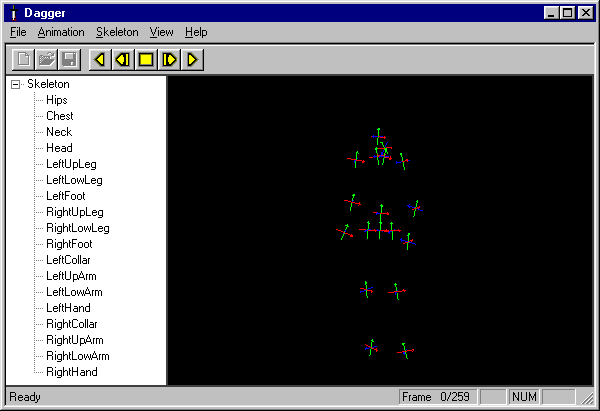
| Application and Source and sample motion files (480KB) | ||
| The January issue is out. Get Version 1.02 Code and Application now with .bva and .asf readers and sample motion files. This updated version has the code for BVH and AMC file loading. Also available is additional Acclaim format documentation. I just found out that all the Acclaim docs with a bit of background is available in the Siggraph 94 Course notes #9 for those of you that have access. |
||